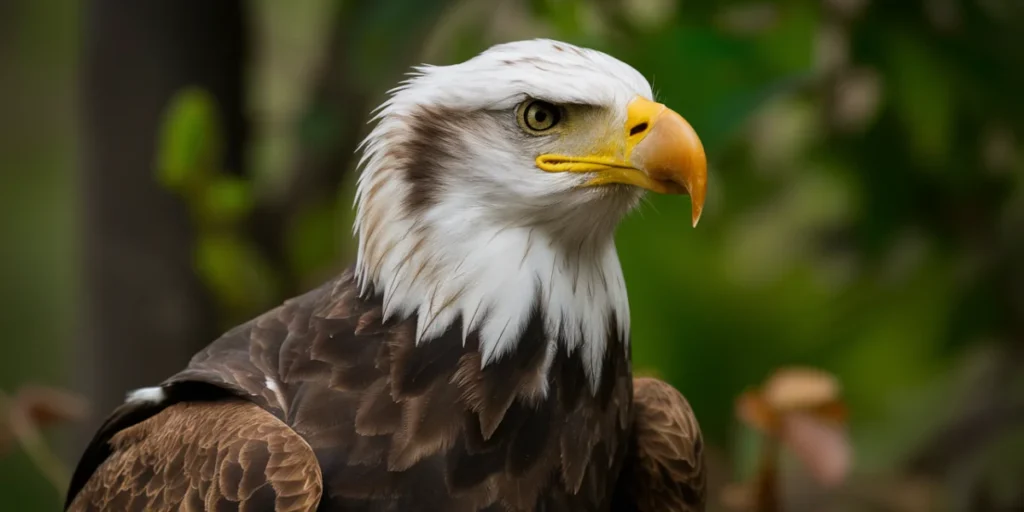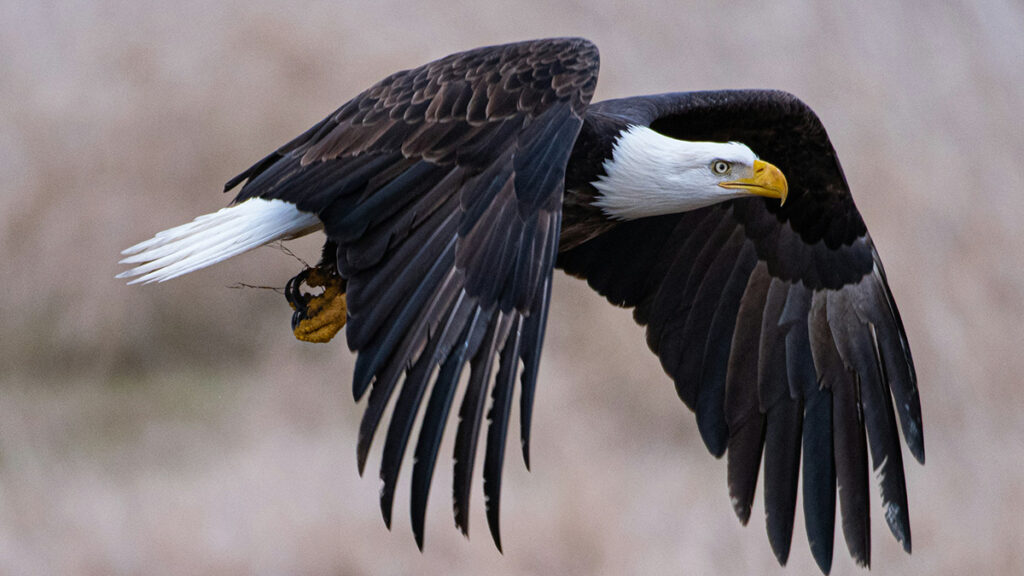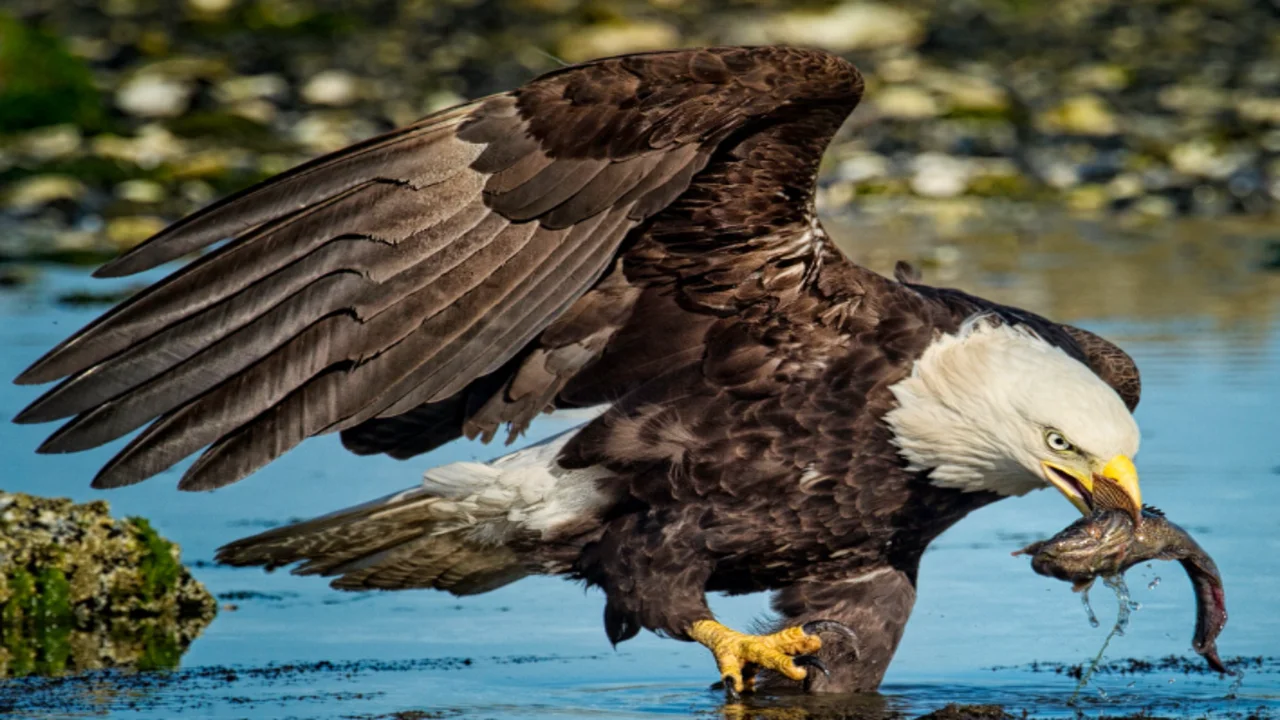What is the Hancock Bird? If you’ve ever wondered about this mysterious creature, you’re not alone. In this blog post, we will define Hancock Bird and explore its history, symbolism, and what it means to different people around the world. Whether it’s a real bird, a mythical creature, or a symbol, understanding the Hancock Bird helps us appreciate how nature and imagination come together.
The term “define Hancock Bird” may spark curiosity for many, especially those interested in rare birds or animal symbolism. This bird has captivated people for centuries, representing freedom, mystery, and wisdom. Let’s dive into its origins, characteristics, and cultural meanings to get a clearer picture of this fascinating bird.
What Does it Mean to Define Hancock Bird?
To define Hancock Bird means to understand not just the physical appearance of this bird, but its deeper meaning across different cultures and traditions. Whether real or symbolic, this bird has captured human imagination for many years. It represents a unique blend of mystery and beauty, which is why people continue to explore its meaning.
In various legends, the Hancock Bird is considered a symbol of freedom and guidance. For some, it is an actual species, though it remains largely unverified. For others, it is a mythical creature woven into stories that explore themes of wisdom and change. When we define Hancock Bird, it is not only about its physical traits but also about the powerful symbolism it carries.

Exploring the Origins of the Hancock Bird: Historical Background
The history of the Hancock Bird is not fully known, but there are many theories and stories surrounding it. Some believe it originated in European or North American folklore, where it was seen as a mystical creature with special powers. These stories were passed down through generations, helping shape its image as a symbol of mystery.
In early natural history, there are no clear records of the Hancock Bird, but its name could have been inspired by regional beliefs or sightings of unusual birds. Some stories describe the Hancock Bird as a creature connected to nature’s spirit, often used in folk tales to teach life lessons. These myths helped define the bird’s symbolic role as a messenger or protector.
The Physical Features of the Hancock Bird: What Makes it Unique?
What does the Hancock Bird look like? People describe it as having an elegant build, with feathers that may feature rare patterns or colors. Some say it has a slender, graceful body, and it’s often depicted as having unusual, vibrant feathers. Its beauty stands out in nature, making it easy to see why it captures so much attention.
If the Hancock Bird exists as a real species, it might live in dense forests, high mountains, or remote landscapes where its rare features help it blend into its environment. Whether real or imagined, these physical traits add to its allure, making the Hancock Bird a symbol of the natural world’s hidden wonders.
Symbolism of the Hancock Bird: Why It Captivates Us
The Hancock Bird symbolizes freedom, wisdom, and protection across many cultures. Birds, in general, have been seen as messengers between the earth and the sky. The Hancock Bird, with its unique qualities, represents independence and the pursuit of knowledge. Its image encourages people to seek clarity and discover hidden truths in life.
In literature and art, the Hancock Bird appears as a symbol of resilience, transformation, and personal growth. It inspires people to overcome challenges and explore new horizons. As a symbol of vision and insight, the Hancock Bird helps remind us of the importance of looking beyond the obvious and embracing the unknown.
The Hancock Bird in Modern Culture: A Symbol of Conservation and Freedom
Today, the Hancock Bird has taken on a modern role as a symbol of conservation and environmental awareness. Many people use its image to raise awareness about protecting bird habitats and wildlife. The bird serves as a reminder of the importance of preserving nature for future generations.
Artists, writers, and environmentalists have embraced the Hancock Bird as a symbol of freedom and ecological responsibility. By focusing on its beauty and symbolism, they hope to inspire others to take action in protecting the natural world. In this way, the Hancock Bird is both a cultural and environmental symbol, helping people stay connected to nature.

Conclusion:
In conclusion, the Hancock Bird is much more than just a bird; it represents freedom, wisdom, and a deep connection to nature. Whether real or imaginary, its symbolism has endured through centuries, inspiring artists, writers, and nature enthusiasts alike. The Hancock Bird’s legacy reminds us of the importance of understanding the world around us and protecting it for future generations.
Today, the Hancock Bird continues to inspire curiosity and admiration. Its role in modern culture, from art to environmental awareness, shows how deeply connected we are to the natural world. Whether you see it as a real creature or a powerful symbol, the Hancock Bird will continue to captivate imaginations for years to come.
FAQs
Q: Is the Hancock Bird a real bird?
A: There is no concrete evidence that the Hancock Bird exists as a real species. It is more often seen as a symbolic or mythical bird in various cultures.
Q: What does the Hancock Bird symbolize?
A: The Hancock Bird symbolizes freedom, wisdom, and vision. It is also seen as a protector or guide in many cultures.
Q: Why is the Hancock Bird important today?
A: The Hancock Bird is important as a symbol of conservation and ecological awareness, encouraging people to protect the environment and wildlife.
Q: Where did the idea of the Hancock Bird come from?
A: The Hancock Bird is thought to have originated in folklore and regional stories, where it was considered a mystical creature tied to nature and personal growth.






